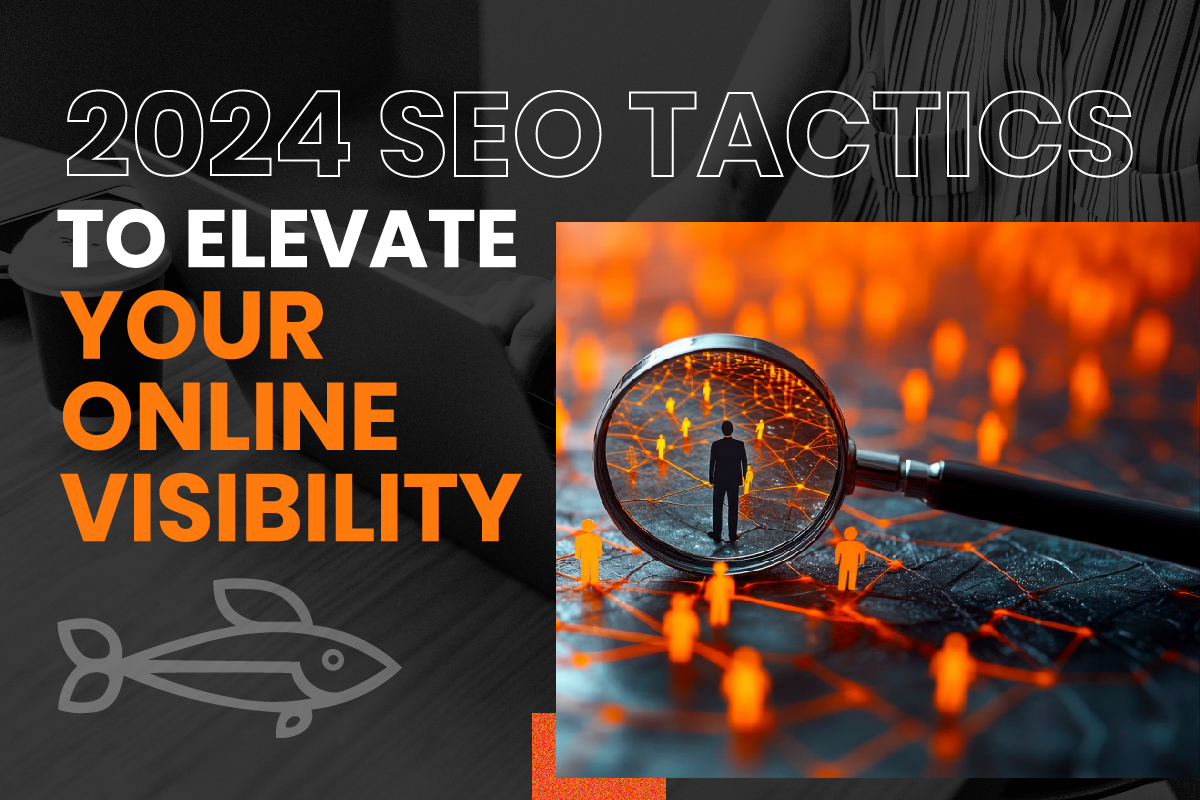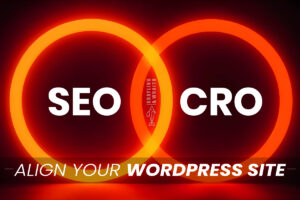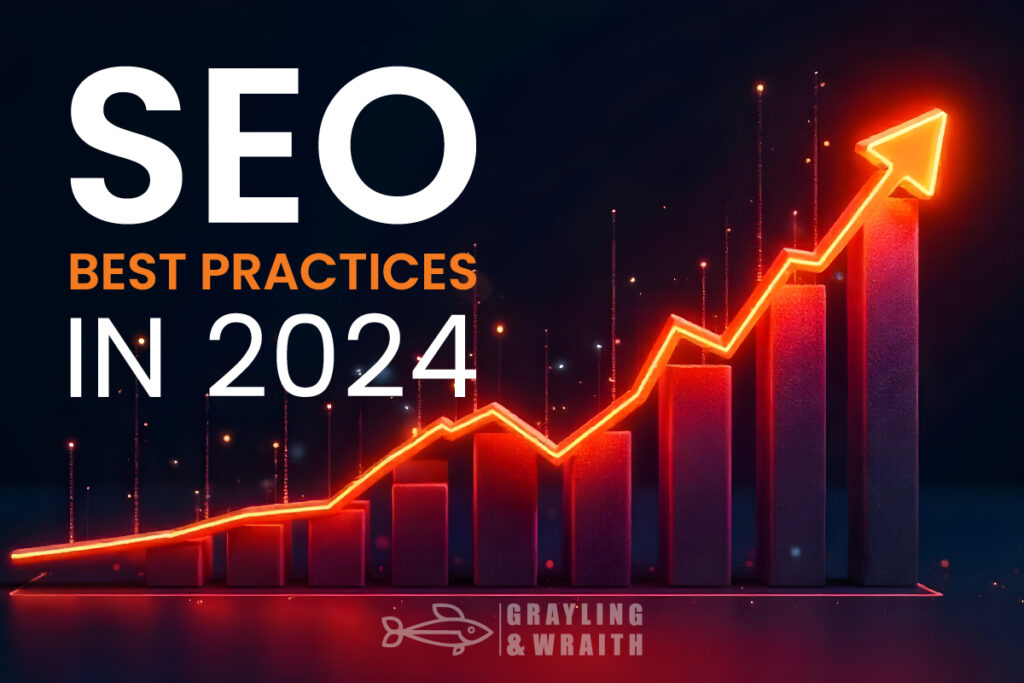In today’s digital marketplace, enhancing your online visibility cannot be overstated. With the proliferation of online businesses and the constant evolution of search engine algorithms, staying competitive requires more than just a basic understanding of SEO. It demands a comprehensive, strategic approach that adapts to the latest trends and techniques. This article delves deep into the most effective SEO strategies for 2024, providing you with the insights and tools you need to boost your online visibility and stay ahead of the competition.

Understanding the Importance of SEO in 2024
The Dynamic Nature of SEO
Search Engine Optimization (SEO) has always been a moving target, with search engines continually refining their algorithms to deliver more relevant results to users. As we approach 2024, SEO strategies for 2024 must adapt to this dynamic nature more than ever before. Search engines, particularly Google, are placing an increasing emphasis on delivering high-quality, user-centric content. This shift necessitates that businesses not only focus on traditional SEO tactics but also adapt to the new demands of search engine algorithms.
For instance, Google’s algorithm updates in recent years have heavily prioritized user experience (UX). Websites that offer a seamless, enjoyable experience are rewarded with higher rankings. This means that factors such as page load speed, mobile-friendliness, and site structure are now critical components of an effective SEO strategy for 2024. Businesses must go beyond keyword optimization to ensure that their websites provide an exceptional user experience.
Moreover, the rise of artificial intelligence (AI) and machine learning in search engine algorithms is transforming SEO strategies for 2024. AI-driven algorithms are now better at understanding the context and intent behind search queries. This makes it essential for businesses to create content that aligns with these sophisticated search mechanisms. If you’re looking for tailored SEO solutions to meet these evolving demands, consider Grayling & Wraith’s SEO services to help you stay ahead of the competition
Why Boosting Your Online Visibility is More Crucial Than Ever
The importance of online visibility has never been more significant. As the digital landscape becomes increasingly crowded, businesses must find ways to stand out. SEO is the most effective tool for achieving this, as it allows your business to be discovered by the right audience at the right time. For small businesses aiming to increase their reach, Grayling & Wraith provides tailored solutions to enhance visibility and drive growth.
Boosting your online visibility is not just about increasing traffic to your website; it’s about attracting the right kind of traffic. When your SEO strategy is well-executed, it helps you reach potential customers who are actively searching for the products or services you offer. This targeted approach increases the likelihood of conversions, making your marketing efforts more efficient and cost-effective.
Furthermore, enhanced online visibility builds brand authority and trust. When your website consistently appears at the top of search engine results, it signals to users that your business is a reputable and reliable source of information or products. In 2024, when consumers are more discerning than ever, establishing this trust is crucial for long-term success.
SEO Strategies for Boosting Your Online Visibility
With the foundational understanding of SEO’s importance, let’s explore the specific strategies that can elevate your online presence in 2024.
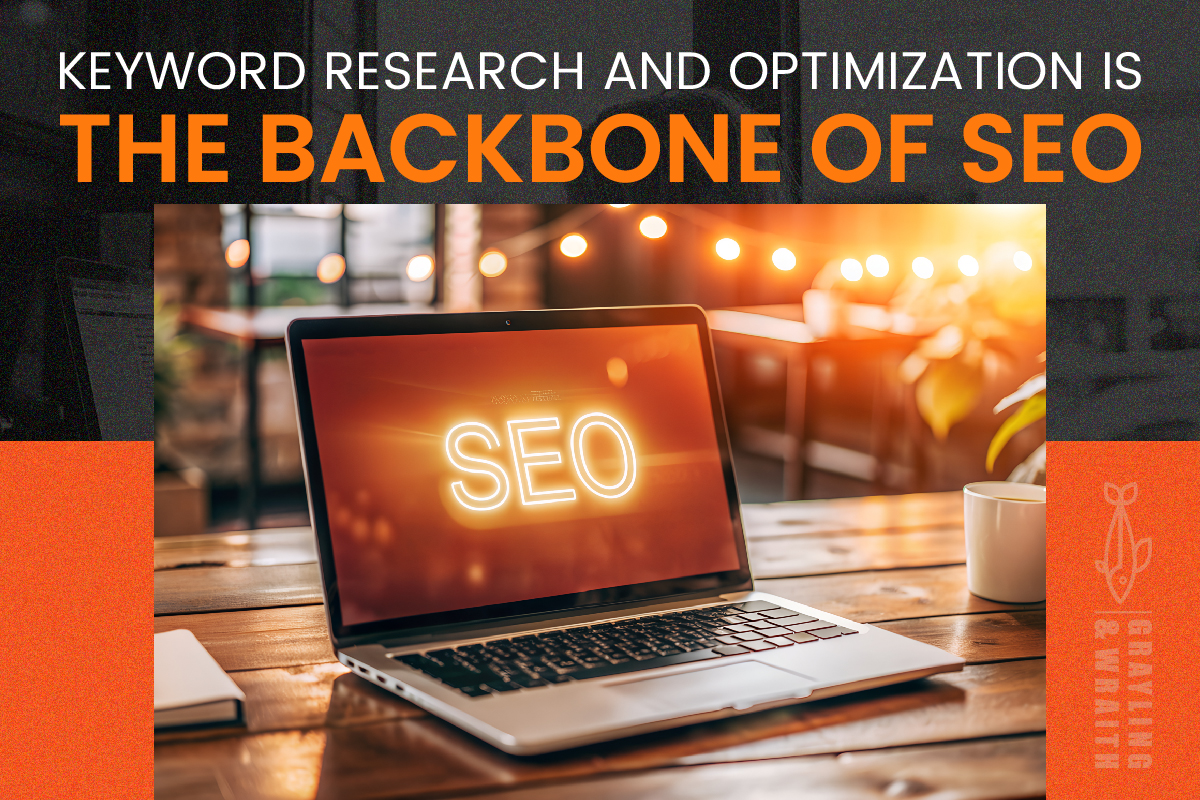
Keyword Research and Optimization: The Backbone of SEO
Keywords have long been the cornerstone of SEO, but in 2024, the approach to keyword research and optimization is more sophisticated and nuanced than ever before. Gone are the days when simply peppering your content with keywords would suffice. Today, effective keyword optimization requires a deep understanding of user intent and search engine behavior.
One of the most significant trends in keyword optimization is the increased focus on long-tail keywords. These are longer, more specific phrases that users are likely to search for when they are closer to making a purchase or when they have a clear intent. For example, instead of targeting a broad keyword like “running shoes,” a more effective approach might be to target a long-tail keyword like “best trail running shoes for women.”
Long-tail keywords are particularly valuable because they often have lower search volumes but higher conversion rates. Users searching for these terms are usually more focused and ready to take action. This action could be making a purchase, signing up for a newsletter, or downloading a resource. By targeting long-tail keywords, you can attract a more qualified audience. This can lead to higher conversion rates and a better return on investment (ROI) from your SEO efforts.
Moreover, long-tail keywords help you compete in a crowded market. While it might be challenging to rank for broad, highly competitive keywords, targeting more specific phrases can give you a competitive edge. This approach is especially important for small to medium-sized businesses. They may not have the resources to compete with larger companies on broad keywords.
Semantic Search and Content Relevance
In addition to long-tail keywords, semantic search optimization is becoming increasingly important. Semantic search refers to the ability of search engines to understand the meaning behind a query, rather than just matching keywords. This shift towards semantic search means that content must be relevant, contextually rich, and aligned with the user’s intent.
To optimize for semantic search, it’s crucial to go beyond just using the primary keyword in your content. Instead, consider incorporating related terms, synonyms, and variations that provide a comprehensive answer to the user’s query. This approach not only helps with ranking for a broader range of search queries but also enhances the user experience by providing more valuable and relevant content.
For example, if your primary keyword is “digital marketing strategies,” you might also include related terms like “online marketing techniques,” “SEO tactics,” and “content marketing methods” within your content. This signals to search engines that your content is comprehensive. It also improves its relevance to users, increasing the likelihood that they will engage with your content.
On-Page SEO Techniques: Enhancing Content for Visibility
On-page SEO involves optimizing individual web pages to rank higher and earn more relevant traffic in search engines. It goes beyond just placing keywords in your content; it encompasses a wide range of techniques that improve the overall quality and relevance of your site.
Meta Tags and Their Impact
Meta tags, including meta titles and descriptions, are critical elements of on-page SEO. These tags provide search engines with information about the content of your page and play a significant role in determining how your pages are indexed and ranked.
The meta title is often the first thing users see in search engine results, making it a vital component of your SEO strategy. A well-crafted meta title should be concise, include your primary keyword, and entice users to click through to your site. For example, instead of a generic title like “Digital Marketing Tips,” a more effective title might be “Proven Digital Marketing Tips to Boost Your Online Visibility in 2024.”
Meta descriptions, while not a direct ranking factor, influence click-through rates (CTR). A compelling meta description should summarize the content of the page and include a call to action. It should also incorporate relevant keywords naturally, as these will be highlighted in search results, drawing the user’s attention.
Structuring Your Content for Maximum Impact
The structure of your content plays a crucial role in both user experience and SEO. Proper use of header tags (H1, H2, H3) not only makes your content easier to read but also helps search engines understand the hierarchy and relevance of your information.
Subsequent headers (H2, H3, etc.) should be used to break up the content into logical sections and sub-sections. This makes it easier for users to scan and find the information they need.
For example, in an article about “Boosting Your Online Visibility,” you might use an H2 tag for a section on “On-Page SEO Techniques.” Under this section, you could use H3 tags for subsections like “Meta Tags and Their Impact” and “Structuring Your Content for Maximum Impact.” This logical structure improves readability and enhances SEO. It signals to search engines the importance and relationship of different sections of your content.
Internal linking is another essential on-page SEO technique. By linking to other relevant pages on your site, you can help distribute page authority and guide users to additional content that may interest them. This not only improves user engagement but also helps search engines crawl and index your site more effectively.

Technical SEO Essentials: Building a Strong Foundation
While content and keywords are vital, technical SEO is the backbone of a successful SEO strategy. Technical SEO involves optimizing the infrastructure of your website to ensure that search engines can easily crawl, index, and rank your pages. It also focuses on improving the user experience by addressing factors like site speed, mobile-friendliness, and security.
The Importance of Site Speed
Page load speed is one of the most critical factors in technical SEO. In 2024, users expect websites to load quickly, and search engines reward sites that provide a fast, smooth experience. Slow-loading pages not only frustrate users but also result in higher bounce rates, which can negatively impact your rankings.
To optimize your site speed, start by conducting a thorough audit using tools like Google PageSpeed Insights or GTmetrix. These tools will provide you with detailed insights into the factors affecting your page load times, such as large image files, unoptimized code, or server response times.
Once you’ve identified the issues, take steps to address them. This might involve compressing images, minifying CSS and JavaScript files, or leveraging browser caching. You might also consider upgrading your hosting plan to ensure your site can handle high traffic volumes without slowing down. Improving your site speed not only enhances your SEO but also provides a better user experience. This can lead to higher engagement and conversions.
Mobile Optimization: Catering to the Mobile-First Index
With mobile traffic now surpassing desktop, optimizing your site for mobile users is no longer optional—it’s essential. Google’s mobile-first indexing means that the mobile version of your site is considered the primary version for ranking purposes. If your site isn’t optimized for mobile, you risk losing visibility and traffic.
Mobile optimization involves more than just ensuring your site looks good on smaller screens. It requires a responsive design that adapts to different devices and screen sizes, providing a seamless experience across all platforms. This includes optimizing touch elements (such as buttons and links) to be easily clickable on mobile devices, reducing the need for zooming or scrolling.
Additionally, mobile users often have different needs and behaviors compared to desktop users. For example, mobile users are more likely to be searching for quick answers or looking for local businesses. To cater to these users, ensure that your content is concise, easy to navigate, and includes relevant local SEO elements, such as your business address and contact information.
Advanced Technical SEO: Schema Markup and HTTPS
For businesses looking to gain a competitive edge, advanced technical SEO strategies are a must. One such strategy is the implementation of schema markup, a type of structured data that helps search engines understand the content of your site more effectively. To get started with schema markup, you can use Google’s Structured Data Markup Helper.
Schema markup can enhance your search engine listings by providing additional information, such as product prices, reviews, and event details. This can lead to rich snippets in search results, which are more visually appealing and can improve your click-through rates. Implementing schema markup requires a basic understanding of code, but there are tools available, such as Google’s Structured Data Markup Helper, that can simplify the process.
Another critical aspect of technical SEO is ensuring your site is secure. HTTPS (HyperText Transfer Protocol Secure) is the secure version of HTTP and is essential for protecting user data, especially on e-commerce sites. Google has confirmed that HTTPS is a ranking signal. Therefore, switching to HTTPS not only protects your users but also provides an SEO benefit.
Content Strategy for 2024: Creating Engaging, User-Centric Content
Content has always been at the heart of SEO, but in 2024, the focus is on creating content that is not only informative but also engaging and tailored to the user’s needs. As search engines become better at understanding user intent, the demand for high-quality, user-centric content is greater than ever.
Understanding Your Audience
Creating content that resonates with your audience starts with understanding who they are, what they want, and how they search for information. Conducting thorough audience research is essential for developing a content strategy that aligns with their needs and preferences.
Begin by identifying your target audience’s demographics, interests, and pain points. Use tools like Google Analytics, social media insights, and customer surveys to gather data on your audience’s behavior and preferences. This information will help you create content that speaks directly to their needs and addresses their challenges.
Once you have a clear understanding of your audience, tailor your content to provide value and solutions. For example, if you’re targeting small business owners, focus on creating content that offers practical advice, tips, and resources. This content should help them grow their business. By providing relevant and valuable content, you not only attract more visitors to your site but also build trust and authority in your niche.
The Rise of Interactive and Video Content
As users’ expectations evolve, so too must your content. In 2024, SEO strategies for 2024 include interactive and video content, which are becoming increasingly important components of a successful content strategy. These formats not only capture users’ attention but also encourage deeper engagement with your brand.
Interactive content, such as quizzes, polls, and calculators, allows users to actively participate and engage with your content. This not only makes the experience more enjoyable but also provides valuable data that you can use to further personalize your marketing efforts. For example, a quiz that helps users determine the best SEO strategy for 2024 for their business can drive engagement while also collecting insights into their specific needs and challenges.
Video content is another powerful tool for boosting online visibility. With platforms like YouTube and TikTok continuing to grow in popularity, video has become a dominant force in online marketing. As part of effective SEO strategies for 2024, video content is highly engaging. It can convey complex information in a more digestible format. Whether it’s a product demonstration, a tutorial, or a customer testimonial, incorporating video into your content strategy can help you reach a broader audience. It also helps keep users on your site longer.
Content Clusters and Regular Updates
Organizing your content into clusters around central themes is a strategy that can significantly enhance your SEO efforts. Content clusters involve creating a series of related pieces of content that link back to a central “pillar” page. This not only improves the structure of your site but also helps search engines understand the relationship between different pieces of content.
For example, if your pillar content is a comprehensive guide on “SEO Strategies for 2024,” you might create related content pieces on topics like “On-Page SEO Techniques,” “Keyword Research in 2024,” and “The Importance of Mobile Optimization.” Each of these pieces would link back to the pillar content. This creates a network of related content that enhances your site’s authority on the topic.
In addition to organizing your content into clusters, it’s essential to keep your content fresh and relevant. Regularly updating old posts with new information, statistics, and insights can help you maintain or improve your rankings. Search engines favor content that is current and accurate, so taking the time to refresh your content can pay off in the long run.
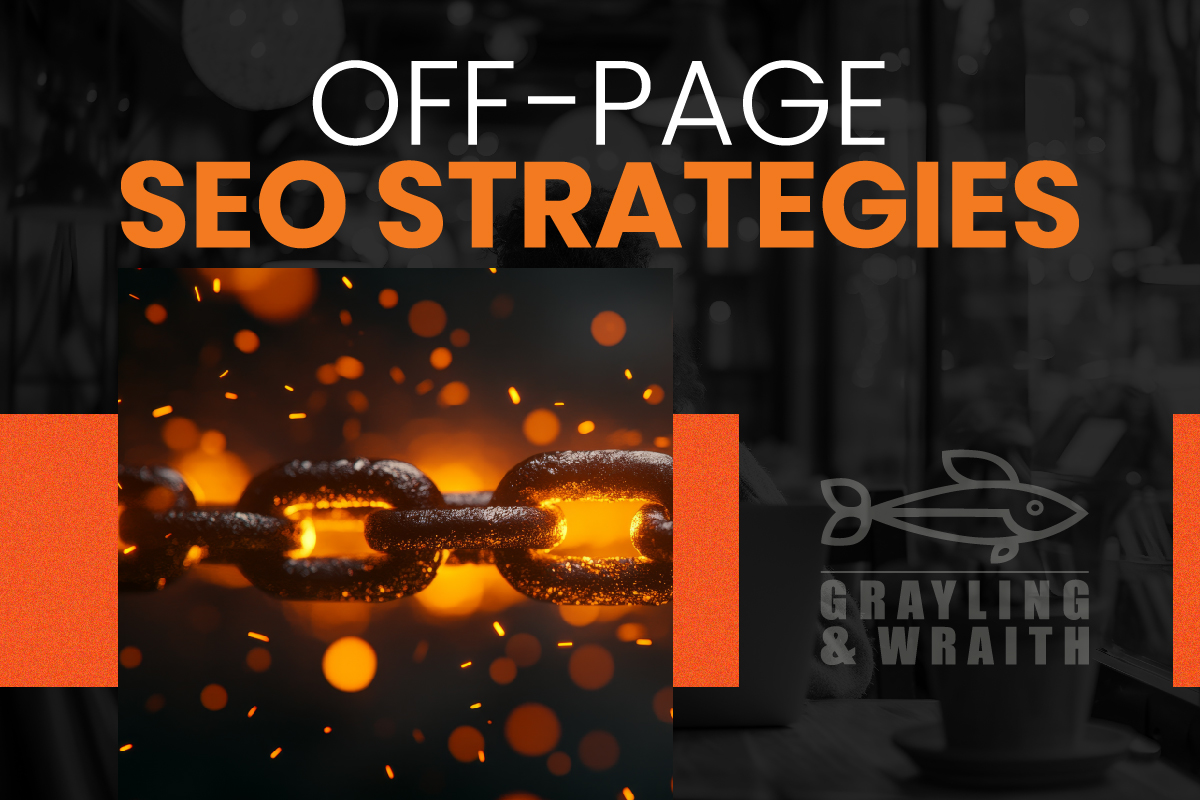
Off-Page SEO Strategies: Building Authority and Trust
Off-page SEO refers to the activities you undertake outside of your website to improve your search engine rankings. These strategies are crucial for building your site’s authority, trustworthiness, and overall visibility.
The Power of Backlinks
Backlinks, or links from other websites to your own, are one of the most significant factors in search engine rankings. High-quality backlinks from reputable sites signal to search engines that your content is valuable and trustworthy, which can help improve your rankings.
Building backlinks requires a strategic approach. One effective method is to create content that is so valuable and informative that other sites naturally want to link to it. This might include original research, in-depth guides, or thought leadership pieces that offer unique insights or data.
Another approach is to actively seek out opportunities for backlinks through guest blogging, influencer collaborations, or partnerships with other businesses in your industry. Guest blogging allows you to share your expertise with a new audience while earning a backlink to your site. Similarly, collaborating with influencers or industry leaders can help you reach a broader audience and build credibility.
Social Media and Online Communities
While social signals (likes, shares, comments) are not direct ranking factors, they play a crucial role in driving traffic and building your brand’s online presence. A strong social media strategy can enhance your off-page SEO. It increases the visibility of your content and encourages users to share it with their networks.
To maximize the impact of your social media efforts, focus on creating content that is shareable, engaging, and relevant to your audience. This might include infographics, videos, or blog posts that address trending topics or provide valuable insights. By regularly sharing high-quality content on social media, you can increase your brand’s visibility, drive more traffic to your site, and potentially earn more backlinks.
Engaging in online communities and forums related to your industry is another effective off-page SEO strategy. Participating in discussions, sharing your expertise, and providing valuable insights can help you build authority and earn backlinks. Be sure to choose communities that are relevant to your industry and have an active, engaged audience.

Measuring SEO Success: Tracking and Analyzing Key Metrics
To ensure your SEO efforts are effective, it’s essential to regularly monitor and analyze your performance. Tracking key metrics allows you to identify what’s working, what needs improvement, and where to focus your efforts moving forward.
Utilizing Google Analytics and Search Console
Google Analytics and Google Search Console are two powerful tools that provide valuable insights into your site’s performance. Google Analytics allows you to track a wide range of metrics, including traffic sources, user behavior, and conversions. By analyzing this data, you can identify which pages are performing well, which need improvement, and how users are interacting with your site. To learn more about using these tools effectively, consider taking a course on Google Analytics Academy.
Google Search Console, on the other hand, provides detailed information on your site’s performance in search results. It allows you to monitor your rankings, track the number of impressions and clicks your pages receive, and identify any issues that may be affecting your site’s visibility. For example, the Search Console can alert you to problems with mobile usability, security, or crawling. This allows you to address these issues promptly.
Key Metrics to Track
When measuring the success of your SEO strategies, it’s important to focus on the right metrics. While traffic is an obvious indicator of SEO success, it’s not the only metric that matters. Here are some key metrics to track:
- Organic Traffic: This metric shows how many visitors are coming to your site through search engines. A steady increase in organic traffic indicates that your SEO efforts are paying off.
- Bounce Rate: A high bounce rate suggests that users are leaving your site without engaging with your content. This could indicate issues with your site’s usability, relevance, or content quality. Aim to reduce your bounce rate by improving the user experience and providing more engaging content.
- Conversion Rate: Ultimately, the goal of SEO is to drive conversions, whether that be sales, sign-ups, or downloads. Track your conversion rate to ensure that your SEO efforts are leading to tangible results.
- Keyword Rankings: Regularly monitor your rankings for target keywords. Improvements in your rankings indicate that your content is becoming more relevant to users and search engines.
By regularly tracking these metrics, you can make data-driven decisions to refine and improve your SEO strategy over time.

Staying Ahead in the SEO Game
As we move into 2024, the importance of SEO in boosting online visibility cannot be overstated. However, staying ahead in the SEO game requires more than just following best practices—it requires a commitment to continuous learning, adaptation, and innovation.
The strategies outlined in this article provide a comprehensive approach to SEO. They cover everything from keyword research and on-page optimization to technical SEO and content strategy. Implementing these cutting-edge techniques can enhance your online visibility and attract more qualified traffic. This will help you achieve long-term success in an increasingly competitive digital landscape.
Remember, SEO is not a one-time effort but an ongoing process. The digital world is constantly evolving, and so must your SEO strategies. By staying informed about the latest trends, regularly updating your content, and monitoring your performance, you can ensure that your business remains visible, relevant, and competitive in 2024 and beyond.

